Top 15 Most Remote Inhabited Places on Earth Today
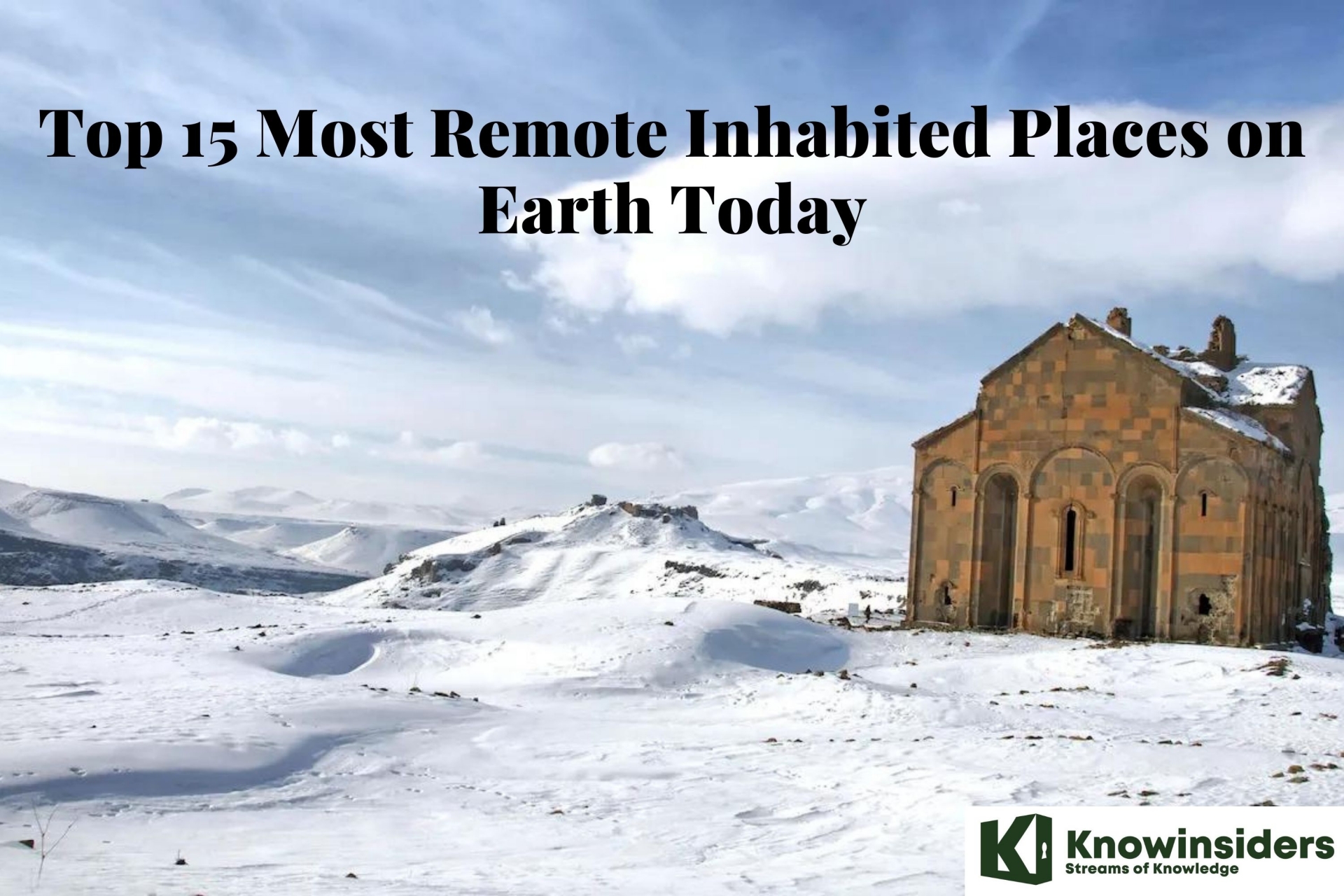 |
| Top 15 Most Remote Inhabited Places on Earth Today |
| Table of Content |
Humans are hardy.
Throughout our history, we have managed to survive through some pretty horrible situations and inhospitable environments.
But surprisingly, there are many places on the planet that are extremely uninhabitable.
Whether they are uninhabitable due to their natural state or because of the awful things that humans do to our environment, these are some places you should never relocate to — or even visit. So, here are the Top 15 Most Uninhabitable Places on Earth!
A place on Earth with no life?
Researchers have found an aquatic environment on the Earth with a complete absence of any forms of life, an advance that may lead to an improved understanding of the limits of habitability. The study, published in the journal Nature Ecology and Evolution, revealed that any form of microbial life was absent in the hot, saline, hyperacid ponds of the Dallol geothermal field in Ethiopia.
Related: 15 Strangest Places on Earth You Won’t Believe Exist
Top 15 Most Remote Inhabited Places on Earth Today
1. Motuo, Tibet
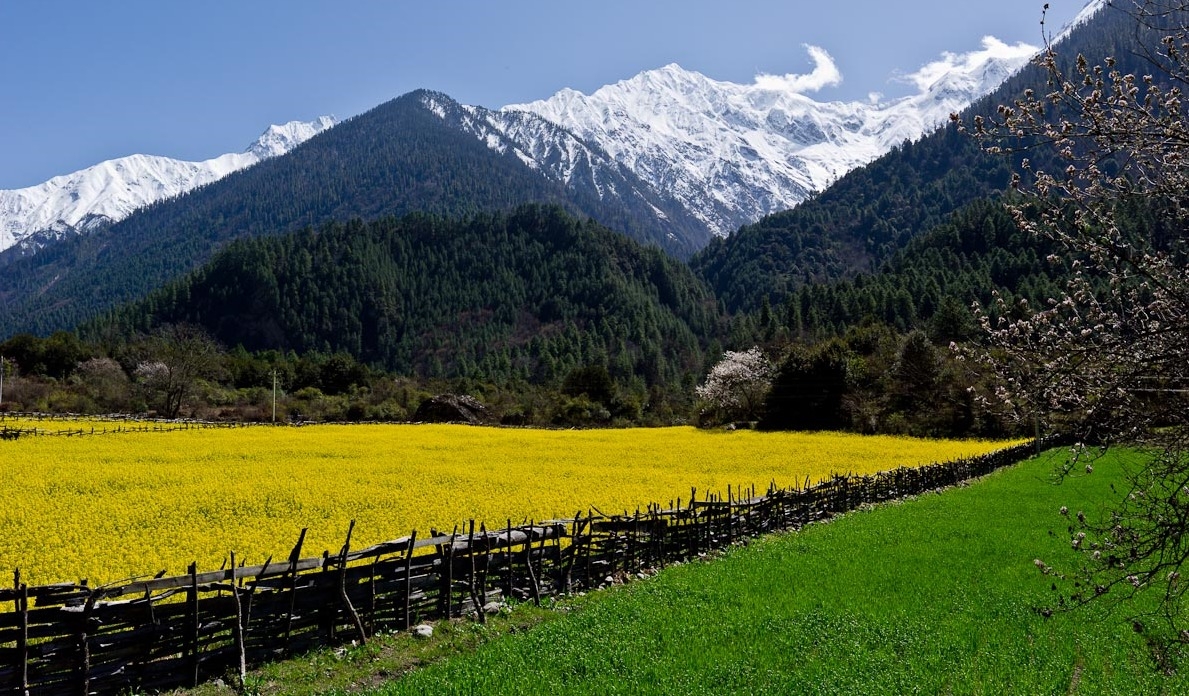 |
| Photo: greattibettour |
Motuo was the last county to be inaccessible by road in Tibet due to its landscape of several high-elevation mountain ranges, so the remote area has remained largely uninfluenced by the rest of the world. Today, the indigenous population of roughly 12,000 people relies on farming paddy, soybean, cotton and gingeli to survive in this picturesque region, which was once considered holy land in Tibetan Buddhist scripture.
Before the road was built, a traveler interested in visiting this remarkable community would have to embark on a grueling and risky four-day hike across mountains, stopping in small villages for rest along the way.
2. The Danakil Depression in Ethiopia
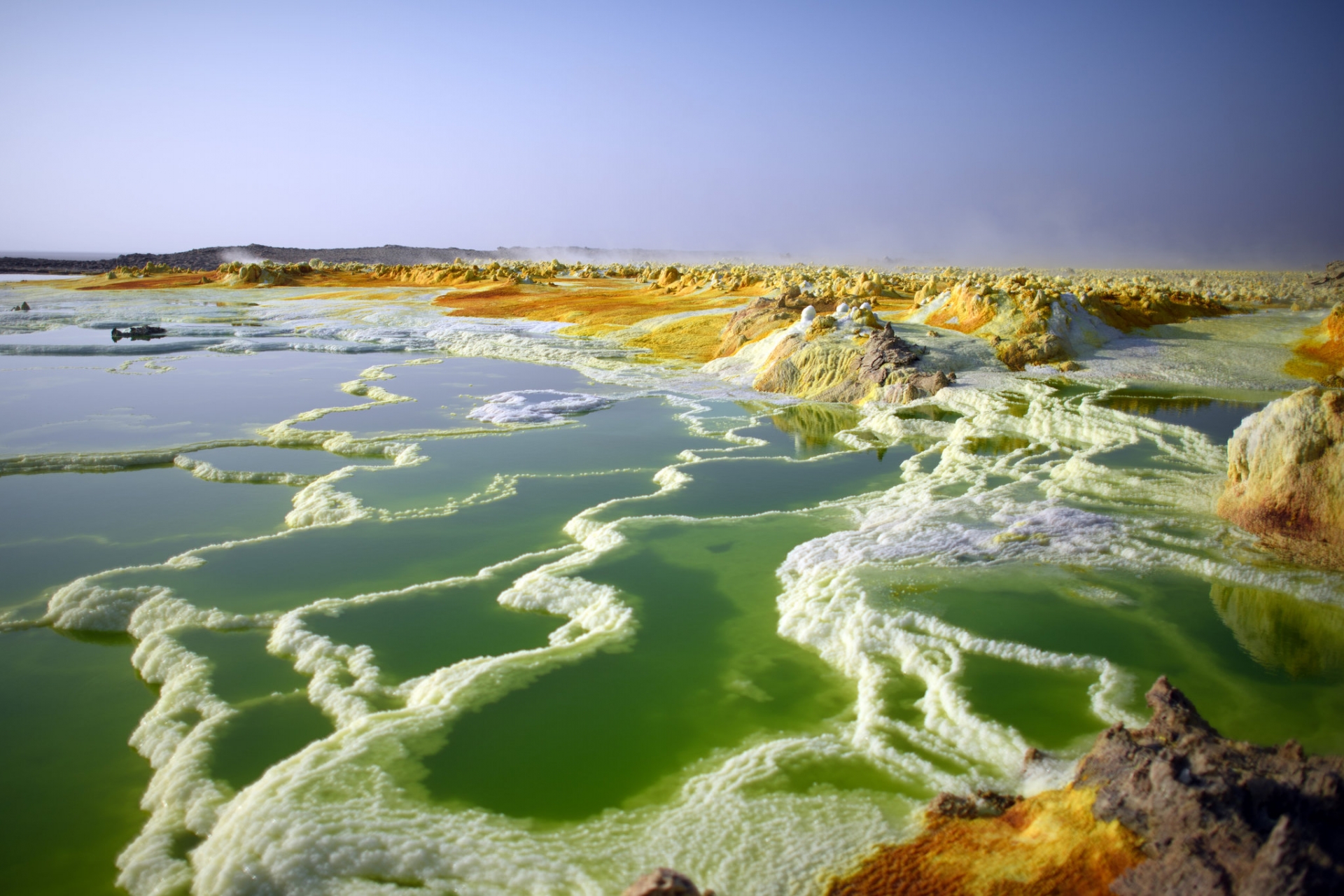 |
| Photo: nytimes |
This area of the globe looks more like Mars than it does our planet. Its landscape is orange and yellow, which is caused by burning salt and sulfuric acid within the Dallol geothermal field within the depression. While some microbial life exists in other parts of this desert, the geothermal pools of boiling liquids support absolutely nothing.
Located in northeastern Ethiopia, the Danakil Depression is often above 122 degrees. There are a few volcanoes within this depression and one, in particular, has emissions that aren’t just toxic; they go against everything we know about sustaining life.
Even these hydrothermal vents, which in other parts of the world have their unique ecosystems, contain absolutely no organisms or traces that organisms have ever lived there. Most geothermal environments support at least some kind of single-celled organism, but there is absolutely nothing present.
3. Oymyakon, Russia
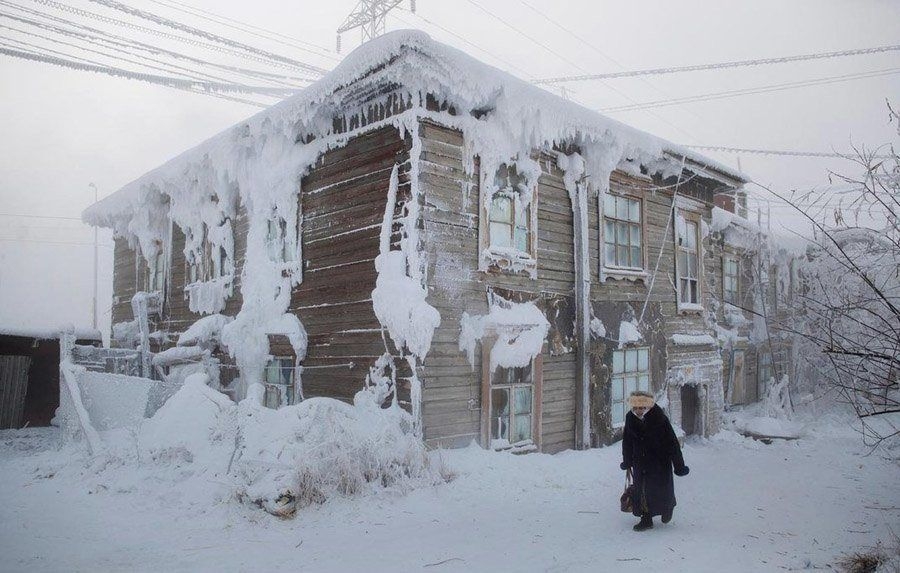 |
| Photo: pinterest |
This remote Russian town is known as the coldest inhabited place on Earth. Its 500 residents live in darkness for 21 hours a day with an average temperature of -58 degrees.
It's impossible to grow crops there, so people live on reindeer meat, frozen fish, and ice cubes of horse blood with macaroni, according to WIRED. Indoor plumbing is also tricky since the water freezes, so most use outhouses.
Getting there can take several days. From Moscow, a flight to either Yakutsk or to Magadan is the closest you can get, and both are over 560 miles away. The road from those cities that leads to Oymyakon is called "The Road of Bones." Don't drive it alone.
Related: Top 20 Least Popular Places That You Don't Want to Visit in The World
4. Supai Village, Arizona
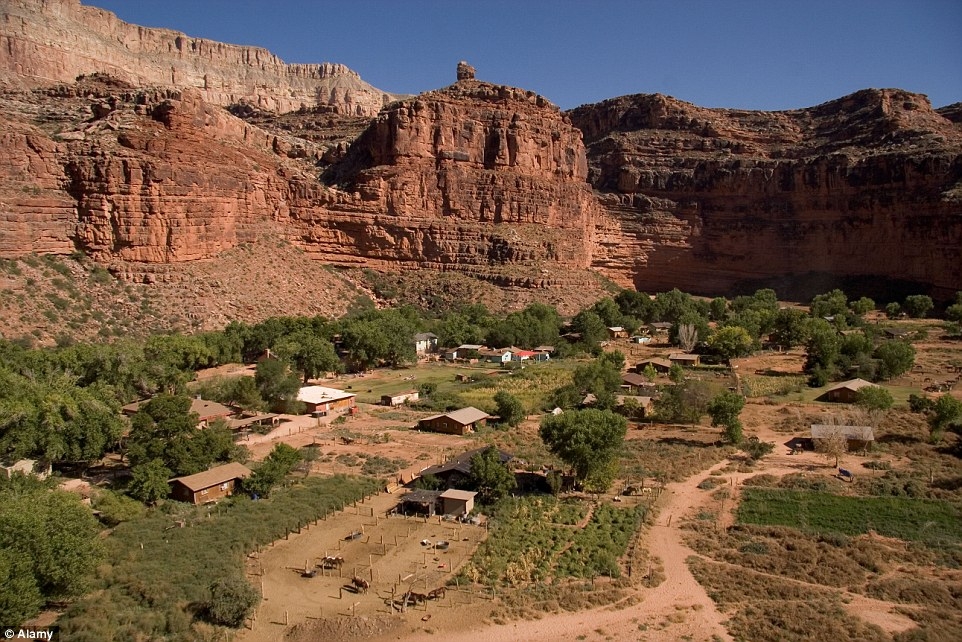 |
| Photo: sworld |
Believe it or not, one of the most remote places in the world also happens to be right in our own backyard. Supai, Arizona, located within Havasu Canyon, has been deemed the most remote community in the contiguous 48 states by the U.S. Department of Agriculture. The title is certainly earned — there are no roads, so the only way in or out of the village is by helicopter or via an eight-mile hiking trail. Mail even gets delivered by mule! Supai is the capital of the Havasupai Indian Reservation, which includes a population of about 450 people.
5. Easter Island, Chile
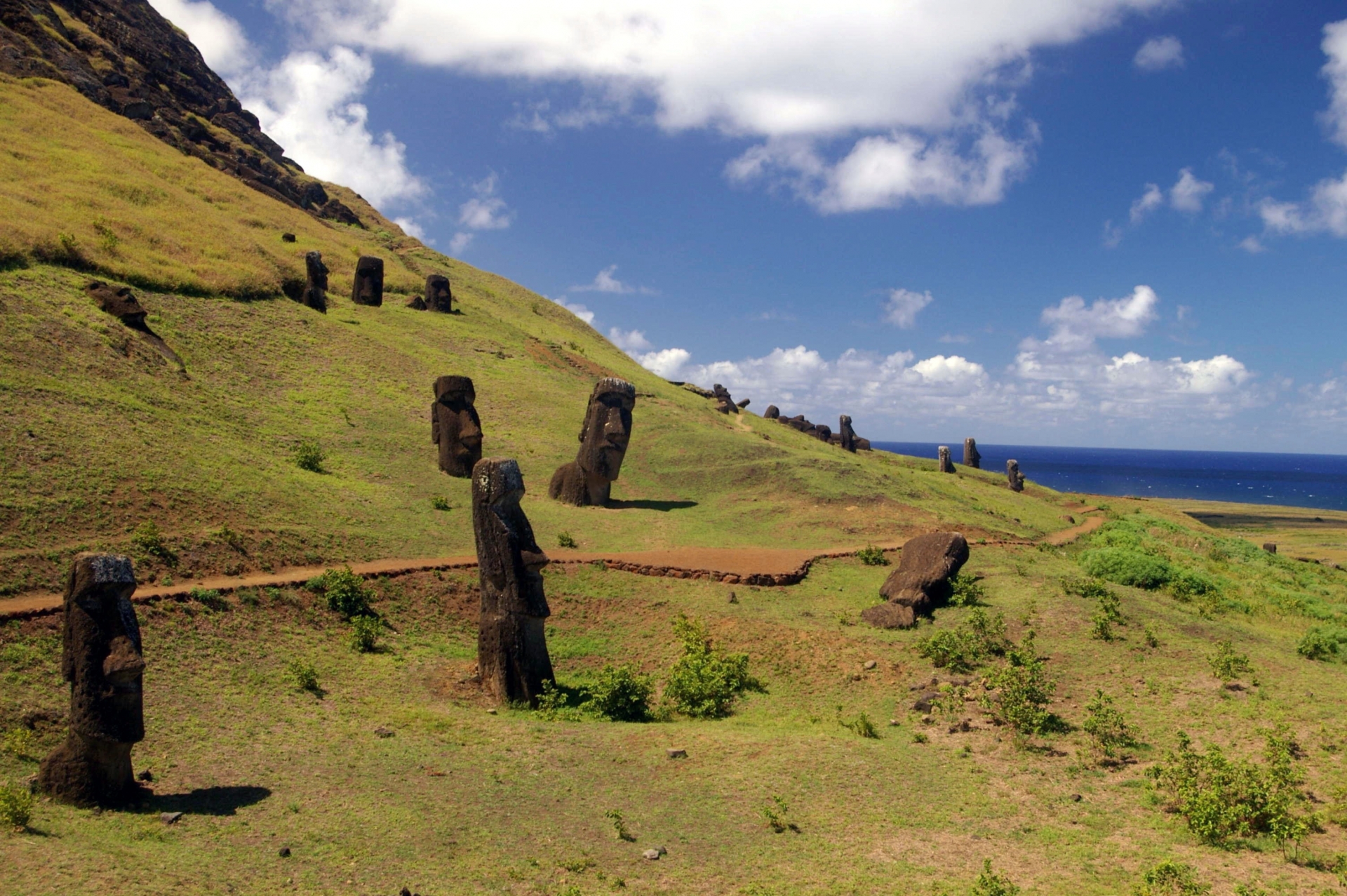 |
| Photo: Photo: wikipedia |
Easter Island, or Rapa Nui, is technically part of Chile, even though the remote island sits about 2,200 miles off the coast. It's more than 2,600 miles from Tahiti (from which many tourists travel), 1,200 miles from Pitcairn Island, and 1,600 miles from the largest of the Gambier Islands in French Polynesia, Mangareva.
The island is famous for its 887 monolithic statues, called moai, which were carved out of the volcanic rock by indigenous Rapa Nui people between 1250 and 1500 C.E. The island is now a UNESCO World Heritage site, housing fewer than 8,000 permanent residents.34
Coincidentally, this remote island is the closest landmass to the oceanic pole of inaccessibility. Also known as Point Nemo, it's a location in the ocean (48°52.6′S 123°23.6′W) that is farthest from land. Point Nemo is more than 1,000 miles from the coasts of Easter Island, Ducie Island (one of the Pitcairn Islands), and Maher Island off the coast of Antarctica.
6. Death Valley
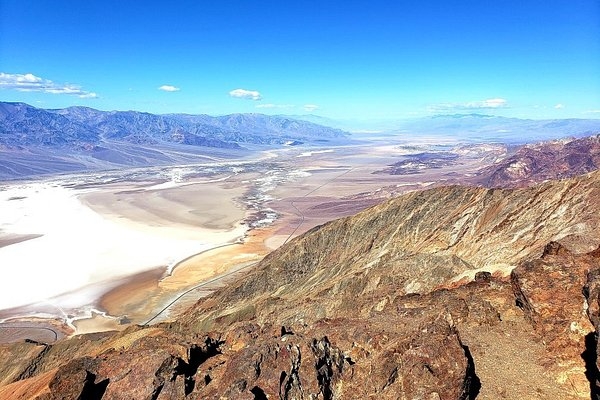 |
| Photo:tripadvisor |
The highest temperature ever recorded by a weather station is 134.1 degrees Fahrenheit (54 degrees Celsius). This was measured on June 30, 2013, in Death Valley, California.
However, the hottest ground surface temperature ever measured was not in Death Valley, but in the Dascht-e Lut desert in Iran. A NASA satellite measured an unbearable 159.26 degrees Fahrenheit (70.7 degrees Celsius) there in 2005. It is meant to be so hot that migrating birds regularly die and fall from the sky due to the unbearable heat.
7. Ittoqqortoormiit, Greenland
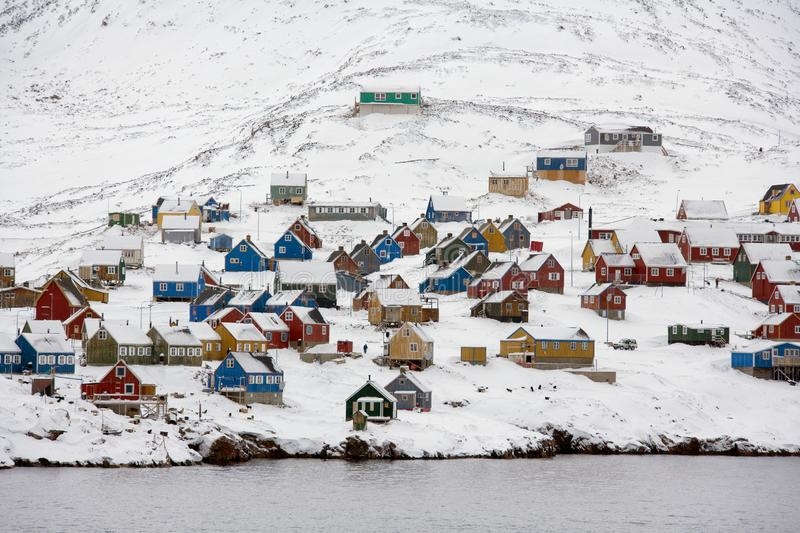 |
| Photo: dreamstime |
Ittoqqortoormiit is located smack dab in the middle of the world’s largest national park and largest fjord — the 604,000-square-mile Greenland National Park and the 23,600-square-mile Scoresby Sound, respectively. This means the town is surrounded by about 600 miles of uninhabited land on all sides. Only 450 people reside in this remote settlement, which remains freezing for nine months out of the year.
The quaint community features a rainbow of colorful houses, snowy mountains, towering glaciers, a single grocery store and a cozy pub that only opens one night a week. When the water is too icy to traverse via boat during the winter months, travelers need to take a helicopter to and from the nearest airstrip to visit the town.
Related: Top 10 Least Popular Places in the UK That You Don't Want to Visit
8. Snake Island, Brazil
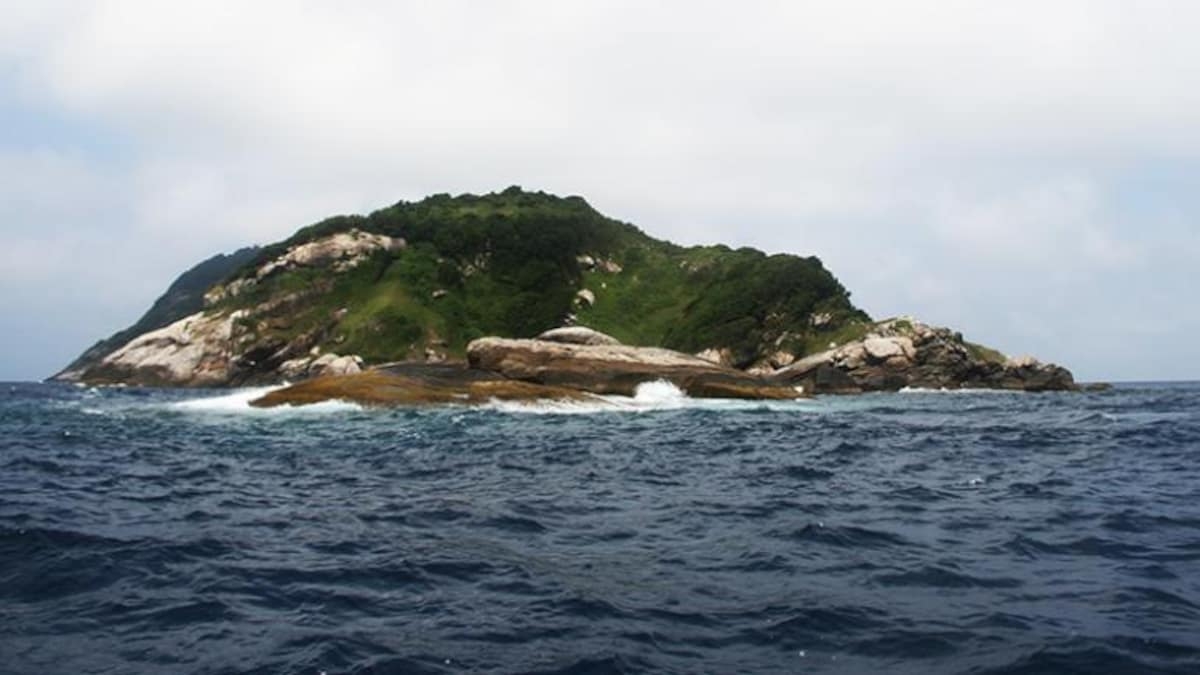 |
| Photo: indiatoday |
Ilha da Queimada Grande, off the coast of Brazil, is also known as Snake Island because it’s overrun with golden lanceheads, venomous pit vipers whose bite can kill a person in under an hour. The snakes became stranded on the island when sea levels rose and cut them off from the mainland. Researchers estimate there are up to 4,000 of these snakes on the island, or roughly one snake per square meter, the Highest Concentration of Venomous Snakes in the world, according to Smithsonian Magazine. The Brazilian Navy has forbidden anyone from landing on the island.
9. Iron Mountain Mine, California
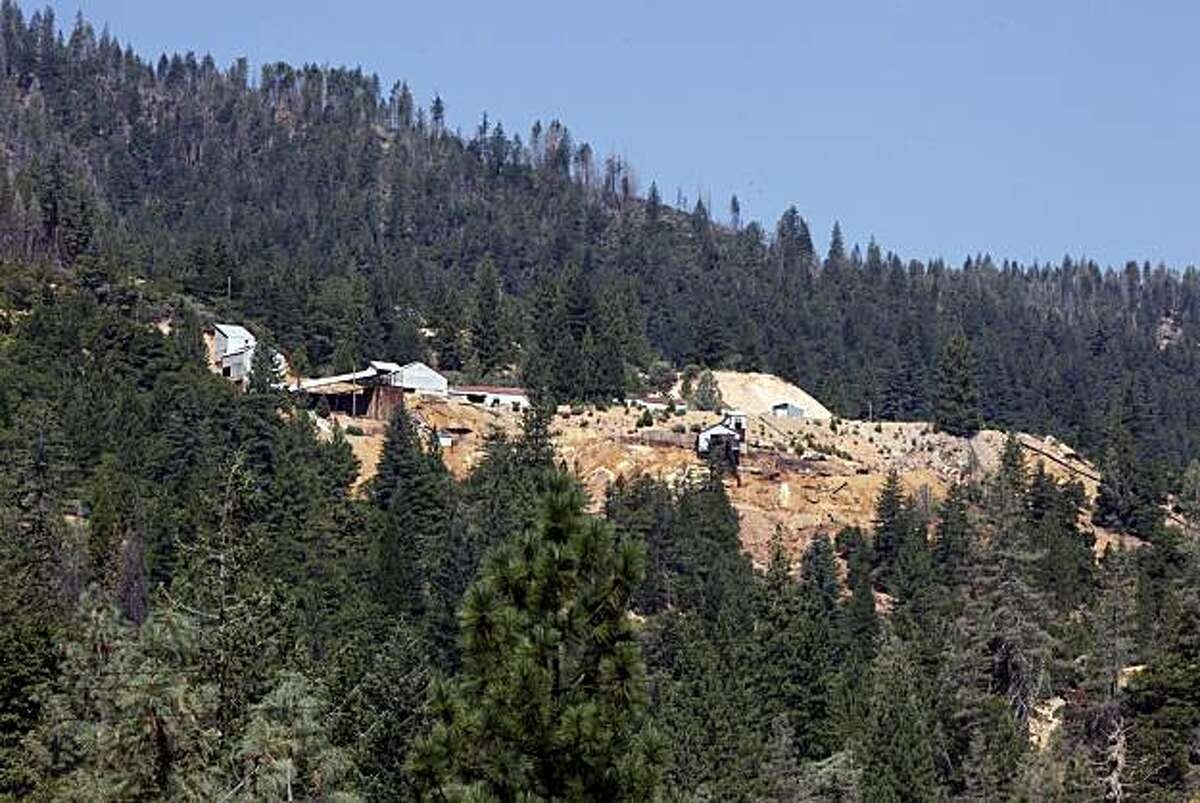 |
| Photo: sfgate |
Also known as the Richmond Mine at Iron Mountain, Iron Mountain Mine is a mine located near Redding in northern California. It was famous for iron, silver, gold, copper, zinc, and pyrite mining from the 1860s until 1963.
In the 1890s, a company by the name of Mountain Copper established a 4,400-acre mine at the site. They began to supply sulfuric acid to refineries in the Bay Area. They became the largest copper mine in California in the 1900s. Twenty cavities the size of office buildings were drilled into the rock. Excessive mining activity at the site ultimately fractured the mountain. This, in turn, exposed the underlying minerals to contact with water, rainwater, and oxygen. They combined to create a poisonous runoff. The result was the worst concentration of acid in the world, about 500 times more toxic than any other mine.
NASA once sent a robot into the mountain and nobody ever saw the machine again or collected any scientific data from it. The water is so acidic that it could dissolve fabrics and burn skin, making it one of the most uninhabitable places on Earth.
10. Kerguelen Islands, Southern Indian Ocean
 |
| Photo: ststworld |
The Kerguelen Islands in the southern Indian Ocean are more popularly known as the Desolation Islands due to their incredibly remote location — more than 2,000 miles away from civilization. No native people live on the Kerguelen Islands, but there is a small population of 50 to 100 scientists who conduct research in the only settlement, Port-aux-Français. The only way to travel to the Kerguelen Islands is by a ship that leaves four times a year.
11. Mount Sinabung, Indonesia
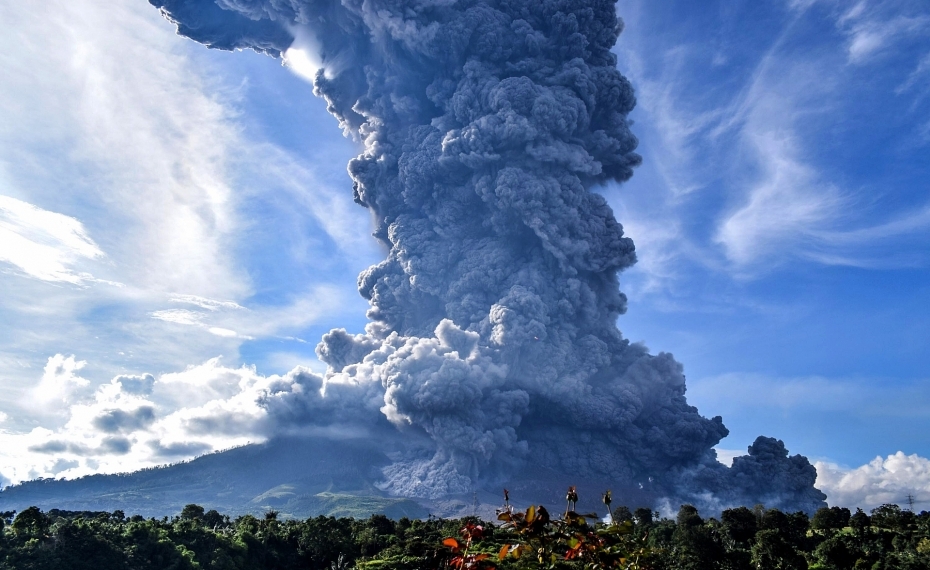 |
| Photo: kinhtemoitruong |
On the island of Sumatra in Indonesia, a sleeping giant has woken up from a long nap, and he's not too happy about it. After lying dormant for nearly 400 years, Mount Sinabung became suddenly active when it erupted in August 2010. Another three years of quiet followed, but Sinabung came to life yet again in September 2013. Since then, the volcano has essentially been in an ongoing state of eruption, kicking off a cycle of terror for residents of the area.
Tens of thousands of people live within a few miles of the volcano, and each successive eruption has caused many of them to be evacuated and displaced. For many of these residents, no permanent solution to the situation has presented itself. When the latest eruption dies down, the people are sent back to their towns and homes, which are often covered with ash and volcanic mud. They begin the task of cleaning up their homes, only to be interrupted days or even mere hours later by yet another eruption from the unstable Sinabung.
Related: Top 10 Least Popular Places in China That You Don't Want to Visit
12. The Atacama Desert in Chile
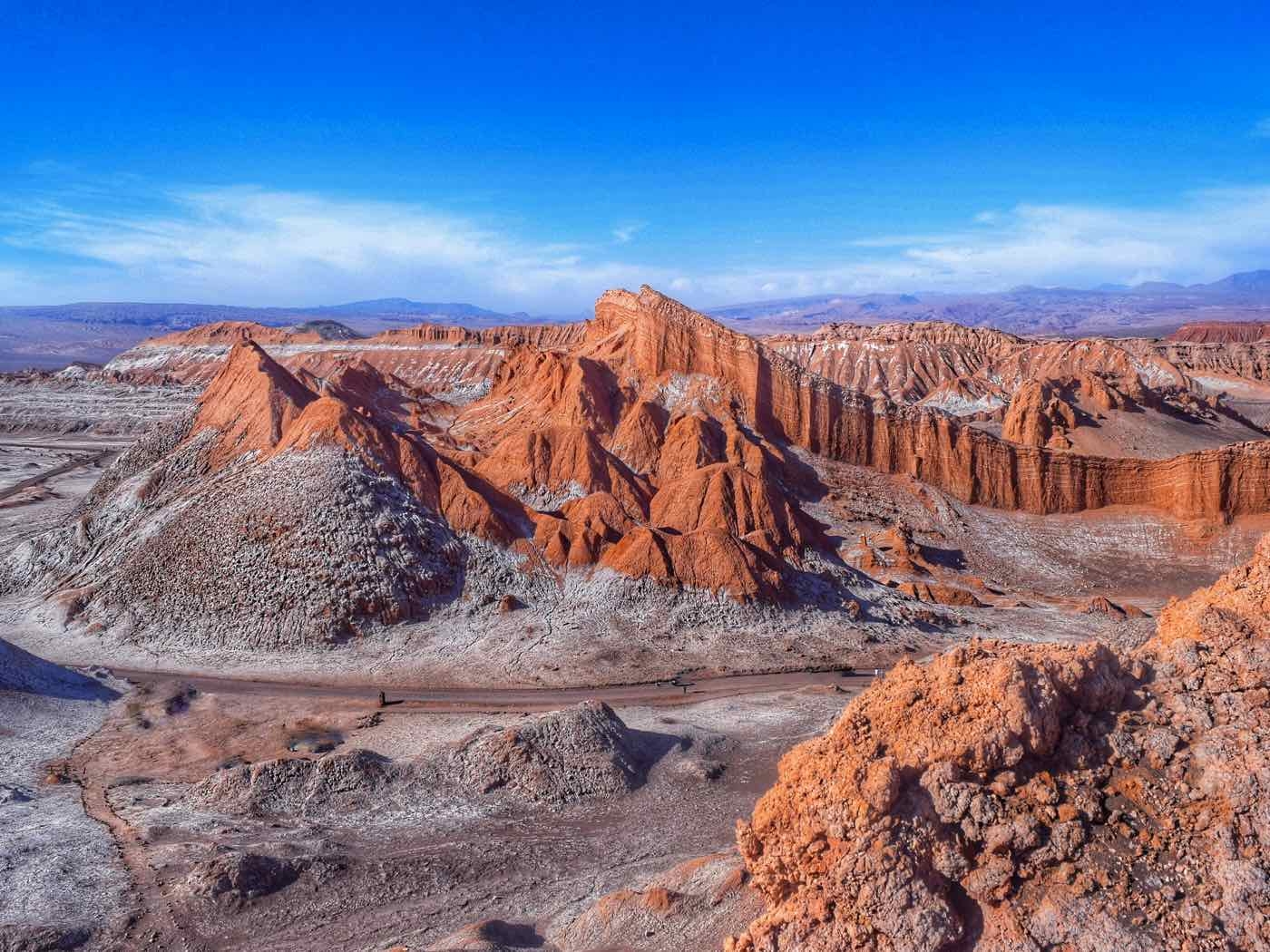 |
| Photo: wanderlustchloe |
The Atacama Desert is one of the driest spots on earth, with rain only falling a few times every 40 years. It is 50 times drier than Death Valley in California, and it went over 500 years without a drop of precipitation.
The specific weather patterns in the area, ocean currents, and the positioning of the mountains help create this barren desert.
In 2015, it rained for the first time in 500 years in the core of the desert. Instead of this causing a flourishment of life, it killed most of the microbe population in the area. These microbes are so adapted to arid environments that they exploded when confronted with water.
13. Tristan Da Cunha, South Atlantic Ocean
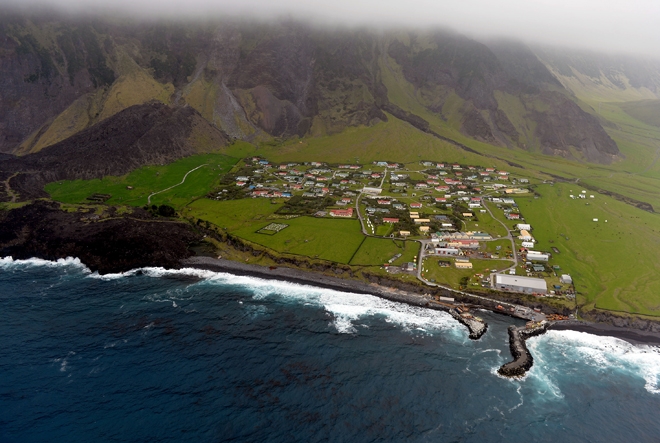 |
| Photo: cand |
The volcanic island of Tristan Da Cunha, a British Overseas Territory in the South Atlantic Ocean, has the unique honor of being “the most remote point on Earth inhabited by humans.” The 38-square-mile Tristan Da Cunha is part of a five-island archipelago and is located 1,750 miles from South Africa. The island’s main settlement, Edinburgh of the Seven Seas, has about 250 permanent inhabitants. If you’re looking to visit this town for the novelty of its distinct isolation, get ready to plan ahead. There's no airport, so the only way to get there is by a South African polar research ship or fishing vessel, which can take nearly three weeks.
14. Bouvet Island
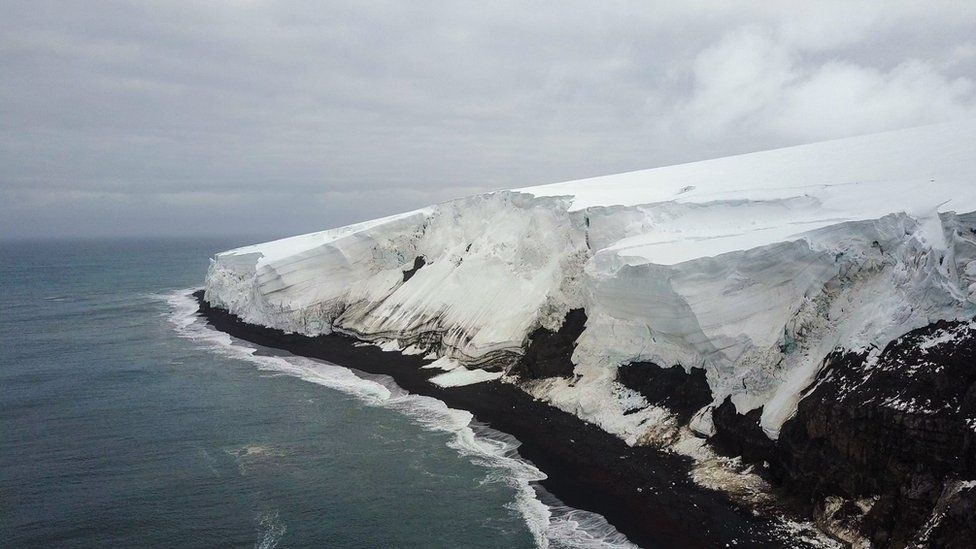 |
| Photo: bbc |
If Tristan Da Cunha wasn’t remote enough, continue 1400 miles south across the savage open ocean and you will reach Bouvet Island which has been described as the loneliest place on earth. The island is surrounded by sheer glaciers and impenetrable cliffs with no natural harbours, making it exceptionally difficult to land on. Research vessels use helicopters as a way of getting ashore.
Bouvet Island has been claimed by Norway since 1977, and it’s home to an automated meteorological station on the island. The island's internet domain .bv remains unused. No one lives there, and probably never will.
15. Marianas Trench in the Pacific Ocean
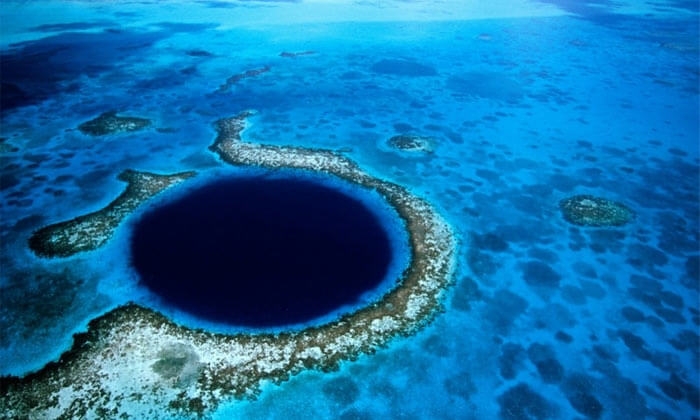 |
| Photo: easemytrip |
The Marianas Trench is almost 7 miles deep at its deepest point. Over 1,000 times the water pressure at the surface exists in this trench because the water column above it pushes down so much. Special groupings of single-celled organisms called Monothalamea survive these depths.
Even though it’s incredibly deep, there are microbes as well as the aforementioned that exist in the trench. Humans have made it to the bottom, and it’s been suggested that the site be used to dispose of nuclear waste. There are a variety of reasons why that is a bad idea.
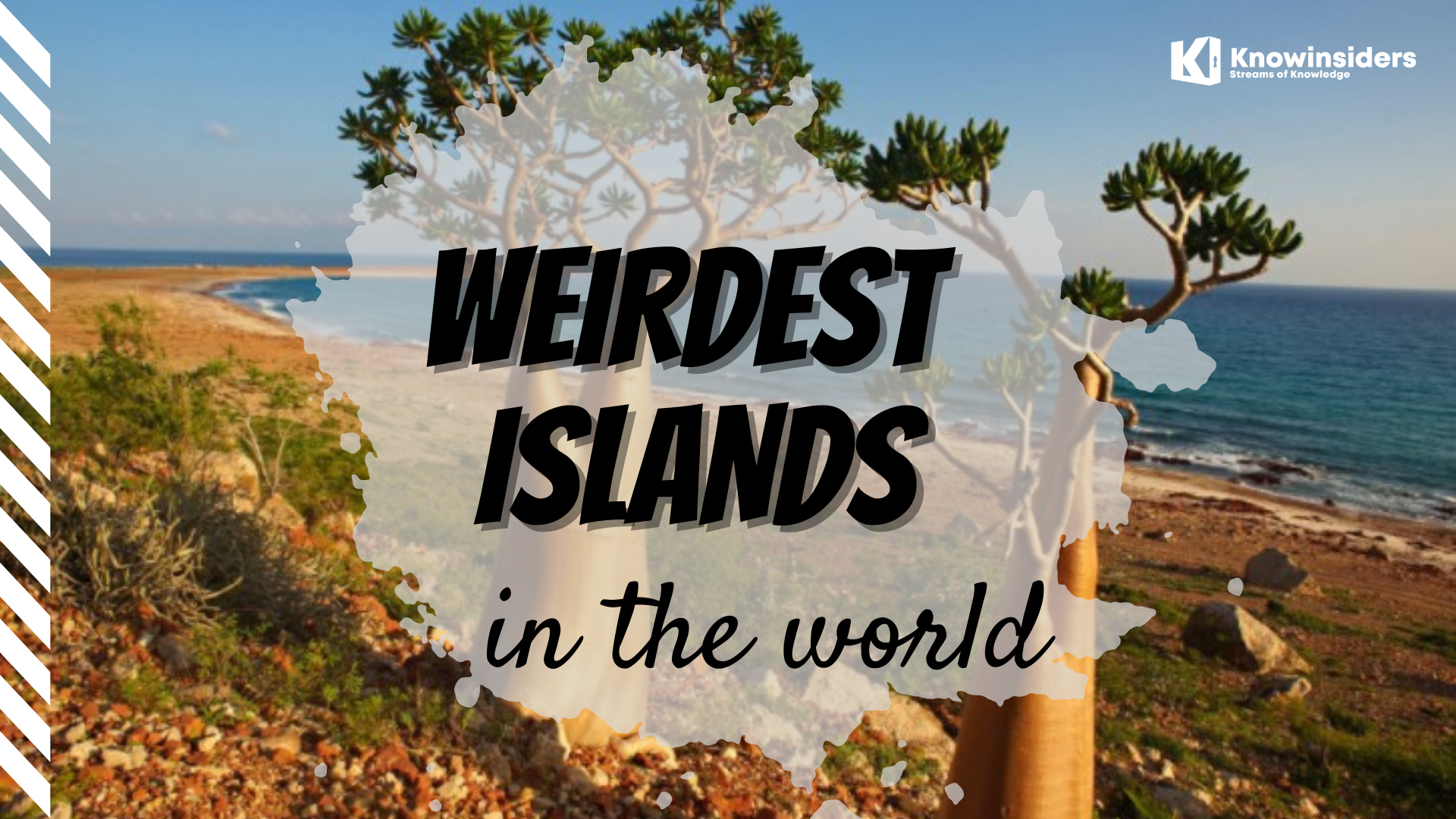 10 Most Weirdest Islands In The World That Won't Believe Exist 10 Most Weirdest Islands In The World That Won't Believe Exist Forget about blue waters, cloudless skies and warm, sandy beaches when you think of "islands". There are top 10 weirdest ones that are anything but ... |
 Top 10 Weirdest Tiny Towns On Earth That You May Not Have Heard Top 10 Weirdest Tiny Towns On Earth That You May Not Have Heard Some places are more wonderfully weird than others — there are even towns that hold Guinness world records for their bizarre traits! |
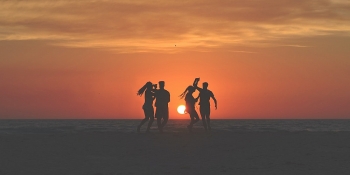 Top 60+ Funniest and Weirdest Holidays in the US Top 60+ Funniest and Weirdest Holidays in the US American culture and lifestyle creates some of the weirdest and funniest festivals and holidays on the planet. |
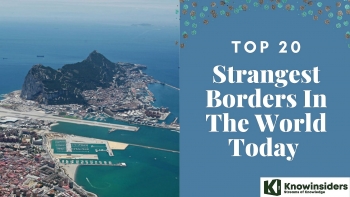 Top 20 Strangest Borders In The World Today Top 20 Strangest Borders In The World Today Border plays an important role in each country, and these borders are more special than the rest. Take a look at the article below to ... |























